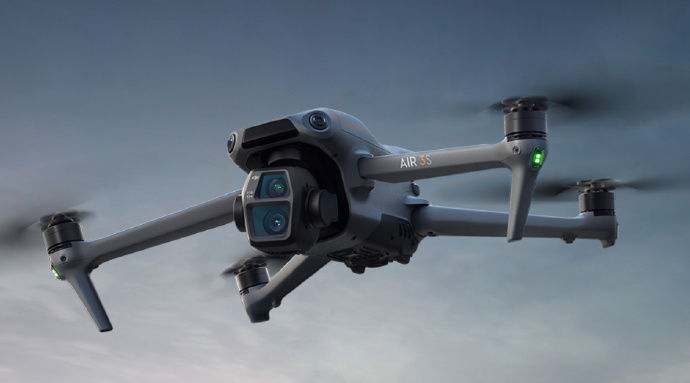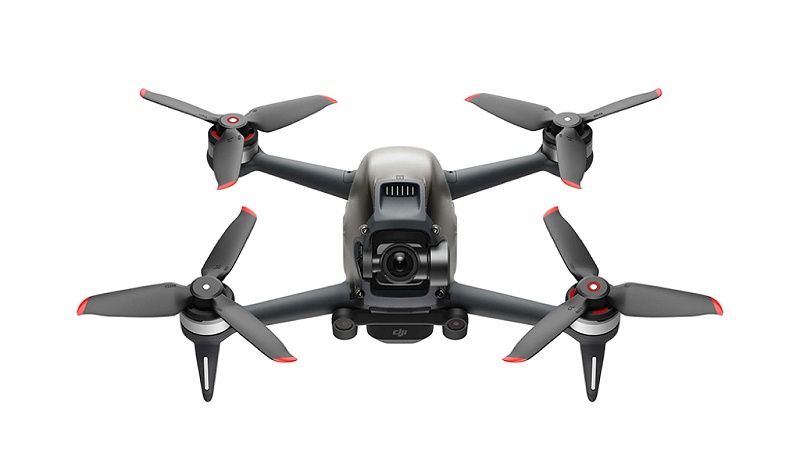Why Use a Drone Landing Pad?
Drone landing pads serve multiple functions that benefit both the pilot and the drone. The primary role of these pads is providing a designated takeoff and landing zone. This is particularly important when operating in dusty or sandy areas, where debris can damage your drone’s motors and sensors. The landing pads help eliminate these risks by ensuring that your aircraft never contacts potentially harmful surfaces. They also offer a visual target, which can be particularly useful in low-light conditions or when utilizing the drone’s “return to home” feature.
Choosing the Right Material
The materials used in a drone landing pad affect both its durability and performance. Common materials include nylon, heavy-duty rubber, and waterproof polyester. Nylon pads are lightweight and portable, making them an excellent choice for travelers. However, if you’re flying in more permanent locations, a rubber pad might offer better durability against the elements. Additionally, some pilots prefer using custom-built landing pads tailored to meet specific environmental needs. For those in humid or rainy climates, a waterproof option keeps your gear dry and functioning correctly.
keeps your gear dry and functioning correctly.
Enhancing Your Drone’s Lifespan
Improving your drone’s longevity can be achieved by incorporating a landing pad into your regular flight routine.
- Minimizes Damage: Landing pads help prevent scrapes and impact damage to your drone’s underside.
- Keeps Camera and Sensors Clean: Prevent debris from entering sensitive components.
- Improves GPS Accuracy: Bright and distinct colors aid in precise GPS positioning for automatic landings.
Installation and Setup
Using a drone landing pad requires minimal setup. Most commercially available pads are designed for quick and easy deployment, often unfolding from a compact form. Some include pegs to secure them against windy conditions. Ensure your landing pad is placed on an even surface. For added precision during landing, mark the center of the pad with tape or another indicator.
Additional Features to Consider
While the primary function of a drone landing pad is straightforward, additional features can add value to your purchase. Look for pads with reflective strips for night flying or integrated LED lights to improve visibility. Some pads are reversible with different colors for use on various terrains, aiding in visual recognition across diverse environments.
DIY Drone Landing Pad
For those who prefer a hands-on approach, creating your own drone landing pad can be an economical and fulfilling project. Materials like foam boards or even recycled materials can be customized to fit your specific needs and preferences. This DIY route also permits creative customization, such as adding personal logos or extra reflectivity.
FAQs About Drone Landing Pads
Q: Are all drone landing pads waterproof?
A: Not all are inherently waterproof. Materials such as rubber and coated polyester offer better water resistance, which is crucial in wet environments.
Q: Can a landing pad be used on any surface?
A: While landing pads can be used on most surfaces, ensure stability. Use pegs in softer ground and avoid heavily tilted surfaces for best results.
Q: How do I clean my drone landing pad?
A: Most landing pads can be easily wiped down with a damp cloth. Always ensure it is dry before folding to prevent mold or mildew.

In conclusion, a drone landing pad is more than a luxury; it’s a smart investment that protects your drone and enhances your flying experience. Whether you choose to purchase or create your own, the benefits are clear and compelling.